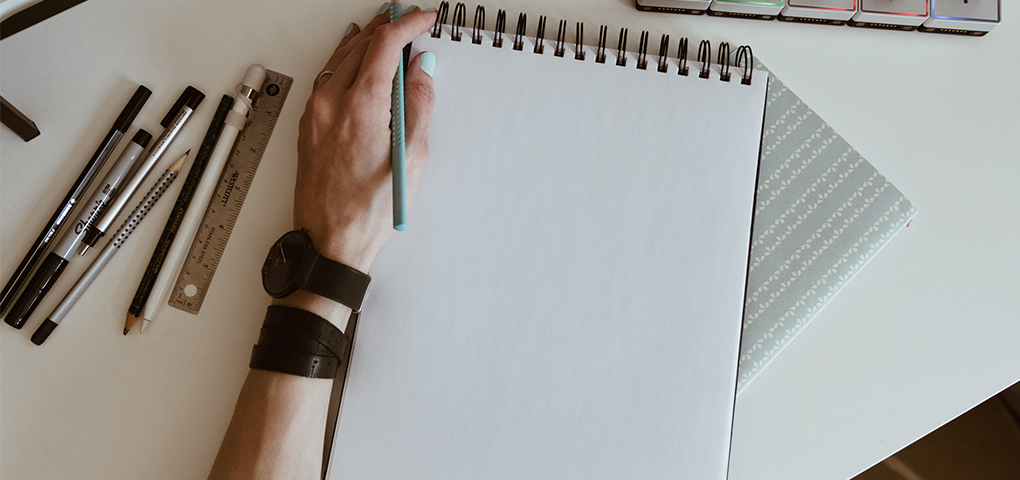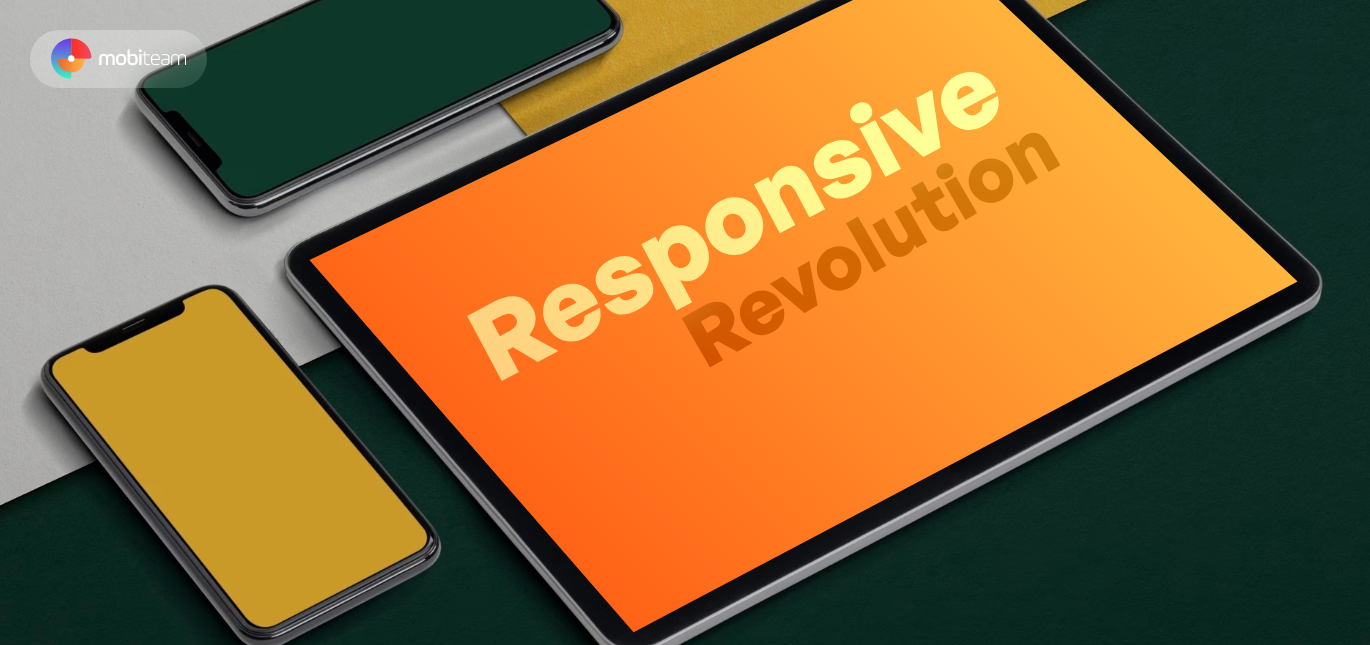Alongside our other articles related to tips for designers, where we relate about how any web designer can improve its performance, we decided to talk about several basic things a web designer should know, but most of them are not taught about in school.
Most of the things are related to the theory of what you should know before some begin designing web pages, and as we mentioned above – it’s about several basic recommendations that will help grow and as well to develop and improve the web design abilities and skills.
#1 Learn about web graphics optimization
Apart from how web designers showcase their unique talent and creativity via their outstanding works, there is one common thing beginners are not aware of. It’s about graphic optimization and the impact of over the entire website or web page performance.
If earlier the page optimization was mandatory because of users that are having lower internet speed by using a dial-up internet connection, today this problem is mostly solved – but at the same time replaced with another one, which seems to be bigger. In the process of website crawling, search engines are collecting the entire content and calculating the response time of each web page of the website.
In most of the cases, the response time of the website is below the recommended one, and this happens due to the big size of the graphic content. For these websites, the formula is simple – the more time it takes to load the pages, the more a website is penalized by the search engines. But things don’t end here:
To ensure that websites will implement this optimization, Google decided to crawl the websites based on Mobile-First technology and standards. This means that all websites should have their pages optimized first of all – for mobile devices.
The point is, that once a web designer provides maximumly optimized graphic content – it’s already considered that half of his work is done.
#2 Navigation is a priority
Navigation is a very important feature for a website and is an essential attribute, without which any website would lose its functionality. Just imagine how a website would look if users will get stuck on specific pages without knowing what to do more to continue their exploration.
What we do recommend is to take your time when thinking about the website’s logical structure. Even though this is something normal, there are a lot of websites nowadays that consider reinventing the navigation structure could bring them more success.
Of course, another basic thing like having the navigation system in a visible and expected place is what may improve the user experience. Otherwise, a complex and unconventional navigation system may create confusion among users.
In addition, when talking about hierarchical websites, it’s good to provide the necessary clearness to navigate between parent and child pages, and also to have a strategically-positioned element that can take the users to the home-page.
#3 Use the Fonts Carefully
Out of the entire collection of fonts all designers have or have in mind, there are not so many fonts actually you have to choose from. Of course, there are cases when the website topic, field or activity requires specific fonts, but nonetheless we recommend to stick to the web-safe fonts, and also don’t forget to check what are the top font trends on the web.
While keeping the font consistent, you have to make sure that the headings are visually different from the paragraph. Don’t hesitate to use blanc space, adjust the height of the characters and make the reading pleasant and clear.
Also, take into consideration the font-size: Don’t make it bigger unless you consider it’s necessary or maybe because it’s the industry’s specification. On the other hand, try not to keep the font size too small. Even though most of the people don’t have problems reading small texts, especially paragraphs, think about people with low-vision and other visual impairments. The generally recommended size is 12px, or above.
#4 Don’t exaggerate with colors
Right away after talking about the importance of fonts, we need to talk about colors as well. In our previous article, we have mentioned the colors’ history and its meaning, as well as when it’s best to use different colors and color combinations. Deducting from that article, and moving into the frames of this topic, there are a couple of recommendations and things you should know from the very beginning.
- Use colors that are accessible to users with a particular form of color-blindness. On the web, you can find a dozen of tools that can help you with this.
- Consider the color contrast of background and foreground, so that all design elements are visible and clear to people with low visibility or other visibility difficulties
- Double-check the brightness of the colors you use in designing web elements and/or navigation indicators that are essential to web navigations
- Take into consideration the field of activity and user profile when setting the color base of the entire website or webpage
- Make sure you are not overreacting with the range of colors you use, and not lead users into confusion. Limit yourself to 2-3 colors.
#5 Understand User Behavior
People on average spend only a few seconds before deciding whether they want to read more or navigate away to another site. Therefore, you as a web designer have to devise a way for encouraging users to choose the former option within those precious seconds.
Know that not many visitors will scroll down to view the entire contents of the page if what they see at the top does not interest them. Remember to keep your important elements on the top where they are easily visible, but also do not overcrowd the top half of the page which can intimidate users and turn them off from reading further down the page. Consider the top half of a web design a selling point: be a salesman, make people buy into the notion that they want to see what else is on your site.
Once you are aware and can respect those few guidelines we mentioned above, you will surely improve your performance as a web designer, and your effort will be appreciated.
On the other hand, if you are not a web designer, but you’ve read this article then it’s possible that you are seeking a worthy web design agency to design your website according to the latest trends and using the latest technologies.






